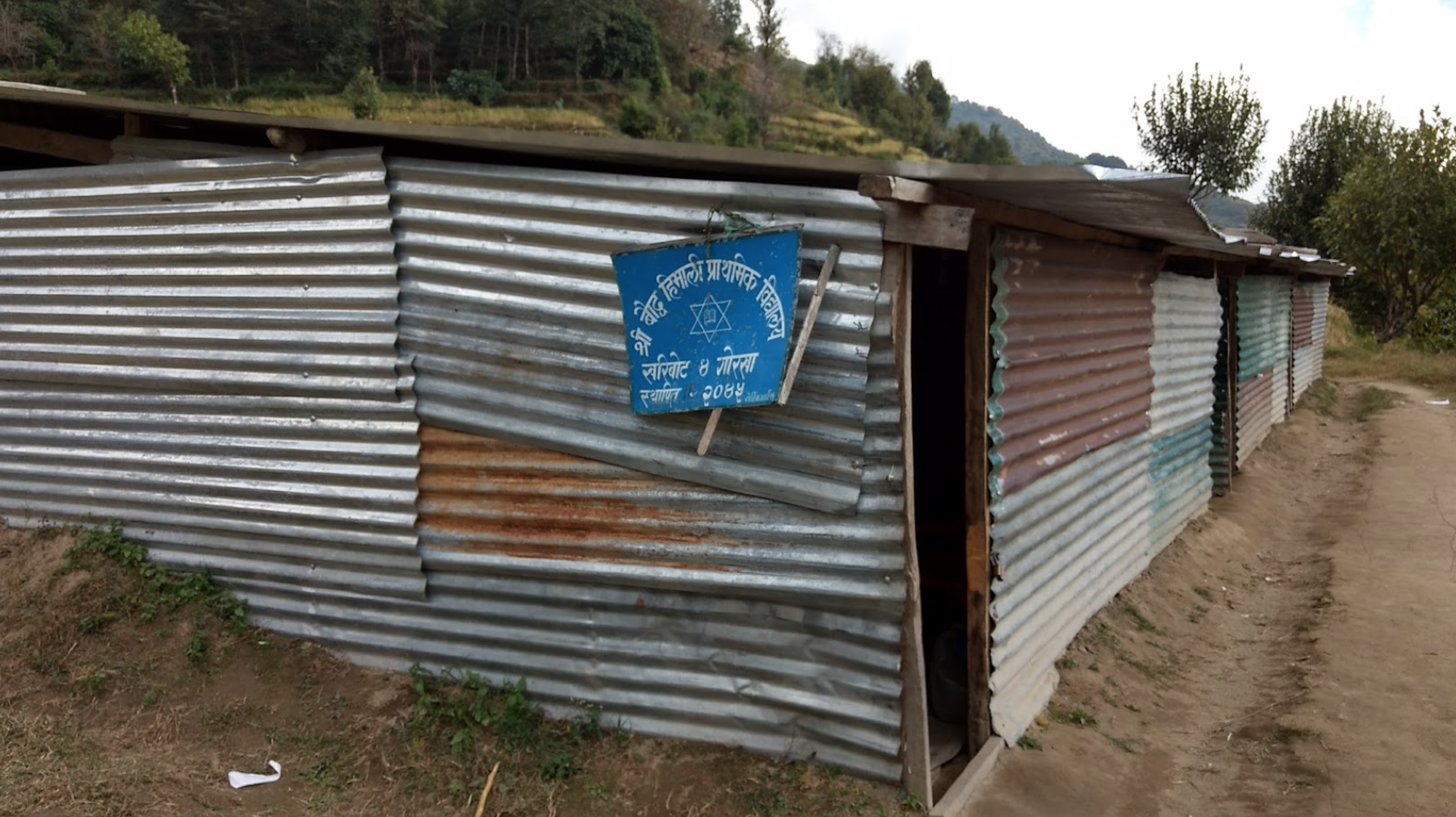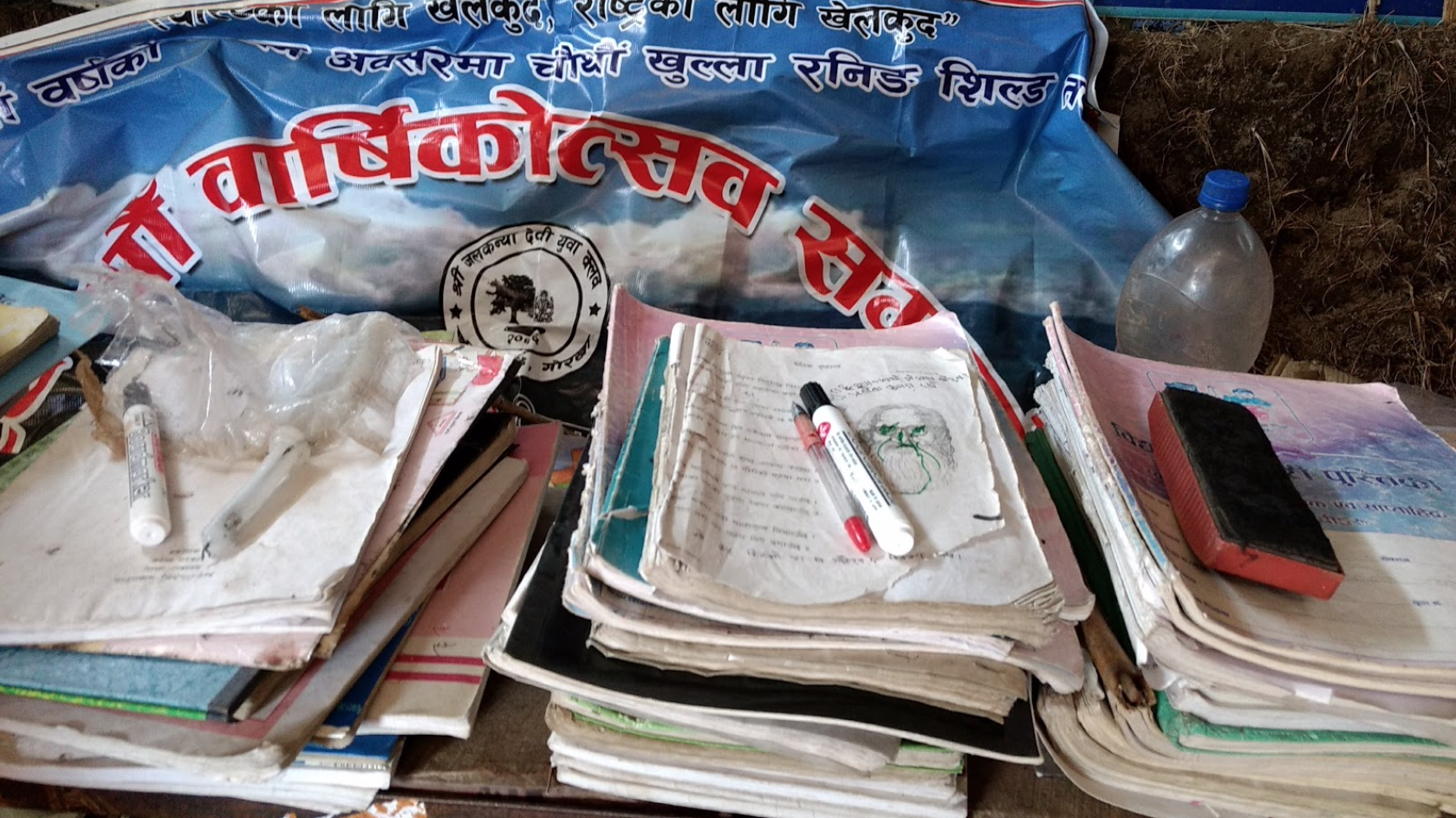Why Nepal?
The 2015 earthquake in Nepal displaced millions of people, with over 1 million out of school kids. 8,242 community schools have been impacted, with 25,134 classrooms fully destroyed and another 22,097 partially damaged.
There are few schools that have been effectively rebuilt after the earthquake. Even with the schools rebuilt, it remains a challenge for children to attend especially without the necessary basic infrastructure such as, plumbing systems near the schools.
It became important for us to understand the Nepali contexts, in order to collaborate on, and co-create a solution that meets the communities need, as they embark on the long-term journey to rebuild their societies.
Out team first went to Nepal during 2017
The study in Nepal focused primarily on remote areas, such as the Gorkha region, in order to get an understanding of the viability of our IoT solution in these cultural contexts, as well as areas of limited connectivity. The locations chosen were based on research criteria in addition to the available local representation.
The map below offers a look into the regions we visited throughout our research trip
We conducted ethnographic research based on our mission to Listen, as opposed to transferring our own interpretation of the needs on the community.
The goal of this research study was to better understand the daily life of children aged 10-13 from rural, under-resourced, and disconnected communities in relation to education and learning in Nepal.
In turn, observations and data from this research study can be used to inform the design and development of Jara's product.
We used the following methodologies in our study
Findings
During our study visit, it became clear that there was very little physical infrastructure to accommodate the people living in the disaster stricken communities, much less to support the schools.
There are a high number of students still learning in TLC’s (temporary Learning Communities), which often become relied upon as permanent learning spaces due to the lengthy rebuilding process. The TLC’s and rebuilt schools often have limited electrical connectivity, and resources including the funding for teachers. Finally, in addition to other findings, it is clear that the learning material and support technologies are outdated, and not as conducive to learning, as originally intended.
Co-Creation and Next Steps
Based on the children’s’ experiences with the Jara unit, the interviews with the relevant local stakeholders, and our product testing; we were able to review our piloted design, and are actively incorporating the aforementioned as we create the new and improved Jara unit.






